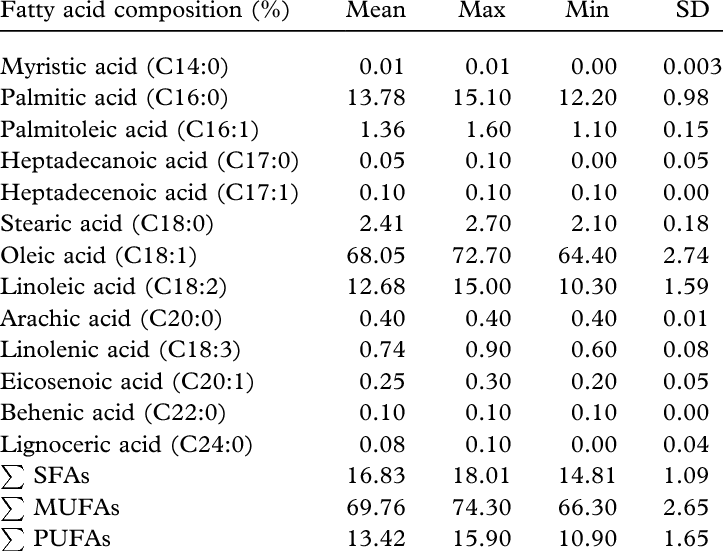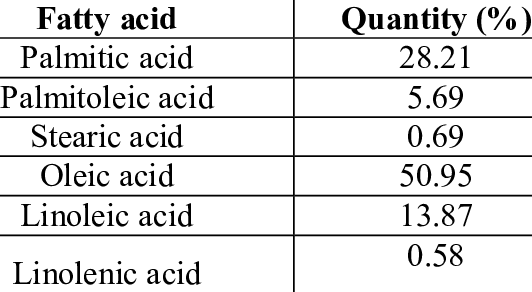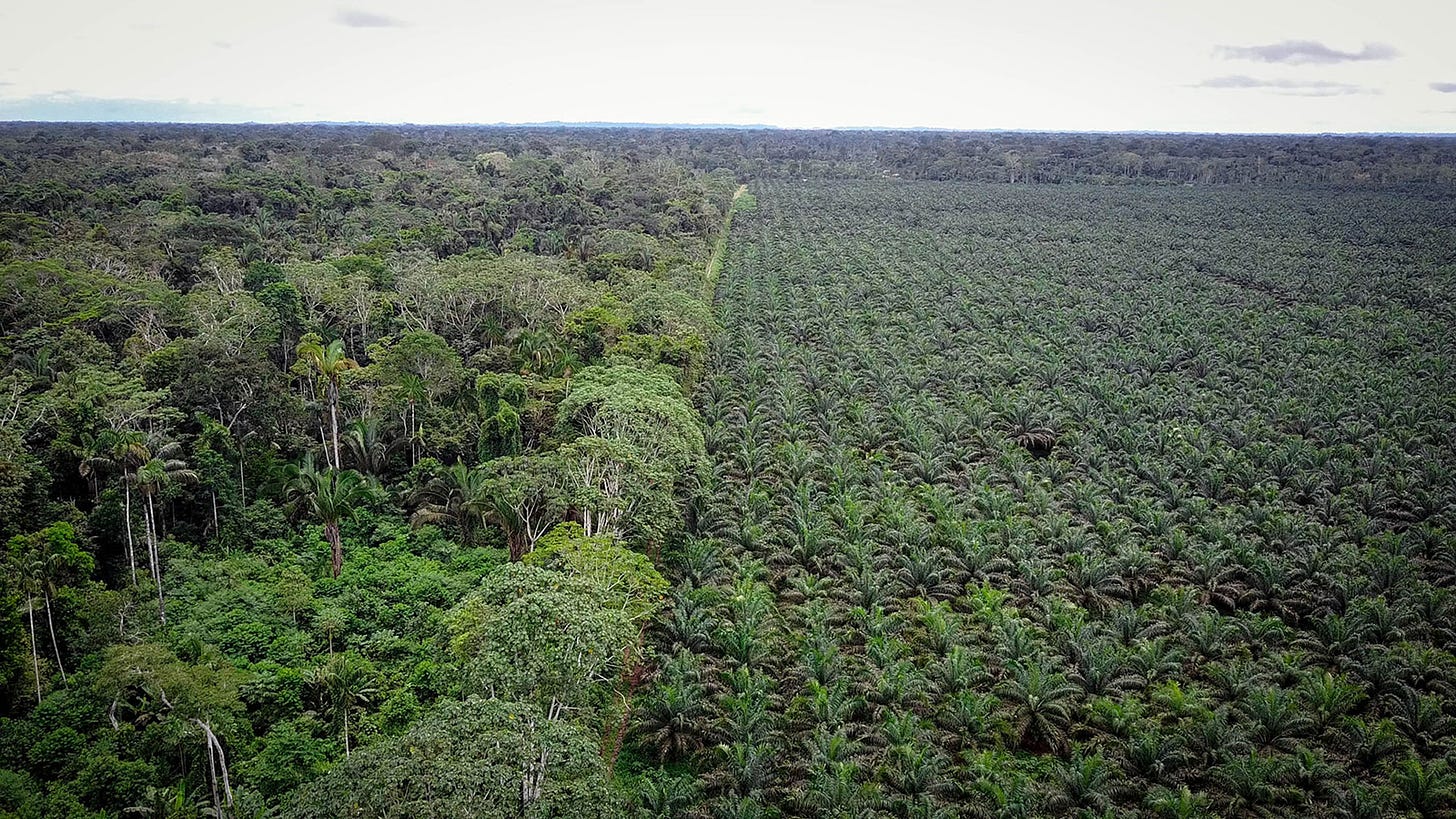- Join the Seed Oil Scout newsletter
- Posts
- Pros and cons of every frying fat 🍟
Pros and cons of every frying fat 🍟
Masa Chips is hiring, join the revolution
Seed Oil Scout is in LA this week to do some muckracking at Expo West. This week’s newsletter is a guest post from the CEO of Masa Chips, @ReallyTanMan.
What's the best Fat for Frying?
Or, how to make deep fried foods healthy
What if I told you that fried foods don’t have to be bad for you?
Ask any normal (i.e., unhealthy) person which foods are unhealthy, and fried foods will top their list.
But if you actually dig into it, frying isn’t a uniquely destructive form of cooking.
Other foods have just as much fat, are heated to much higher temperatures (frying is typically done at 350°F), and have been far less time-tested than frying.
After all, there’s no such thing as bad food— just bad ways of making it.
In this article we will thus determine which fat is the best for frying, and which are the true culprits of frying’s poor reputation.

imagine a world where this plate is not made of junk food…
The candidates for frying fat
Bad - Seed oils
If you’re here, you obviously understand that seed oils are not a suitable for human consumption whatsoever, much less deep frying.
But, if you need a refresher, you can learn more about why they are a problem here:
MARCH 22, 2022

Specifically, when frying, the oil is exposed to elevated temperatures for an extended time. This is the perfect environment for oxidation of the PUFAs they contain to occur.
They might not smell or taste like it, but that is because of the bleaching and deodorizing that happens during manufacture. But rest assured— they are oxidizing quickly every second they are in the fryer.
When I first started making MASA Chips, there was a deep fryer next to ours in the shared kitchen that used seed oils. Even with a fresh batch of oil, it smelled like a greasy disgusting food truck at a fair.
Meanwhile, my fryer full of tallow barely had any smell at all. Always listen to your senses.
Meh - Olive Oil
A common oil found in “healthy” pantries is olive oil. While excellent for dressings, and possibly useful for sautéeing, most people agree that it is not meant for deep frying (despite what some Greek and Spanish restaurants might say).
The reason?
As long lived as Greek islanders are, olive oil is still ~14% PUFA.

Another issue is that the polyphenols (plant nutrients) in olive oil are easily degraded by heat. So if you are going to go through the lengths of sourcing good quality olive oil, you should probably eat it in its unadulterated state.
Meh - Avocado Oil
While very few people think deep frying in olive oil is a good idea, on the contrary, avocado oil is rather popular for this purpose.

Yet it’s PUFA content is about the same as olive oil—14%. So why is this oil favored for high temperature cooking?
Smoke Point is a Scam
Because of the so-called “smoke point”— the temperature at which an oil will start to throw off smoke.
Avocado oil has among the highest smoke points of any cooking fat, and thus people think it can withstand high temperatures the best.
However, this turns out to be misleading.
Smoke point is typically correlated with the “free fatty acid” content of oils, which in most cases is less than 1%.
What we’re actually solving for is oxidation. And it turns out, oxidative stability has very little to do with smoke point.
In fact, oxidative stability does not correlate to smoke point at all, and thus has nothing to do with healthy cooking.
Subscribed
Scam Avocado oil is a Scam
Even if avocado oil were good for frying, I would not use it if I could avoid it.
The vast majority of avocado oil on the market is adulterated with seed oils (aka fake).
And avocados often come from drug-cartel-owned farms in Mexico. Not a supply chain I would support if I didn’t have to.
Okay - Coconut Oil
Unlike the previous plant oils, coconut oil is highly saturated. Even moreso than tallow, believe it or not.
However, there are two problems with coconut oil.
Tastes like coconut
Unrefined coconut oil tastes like coconut. Perhaps useful in specific ethnic dishes, this flavor is not compatible with most of the foods an American might want to fry.
Greasy
I have noticed that when frying foods in coconut oil, they often come out very greasy to the touch. Just pick up a pack of plantain or banana chips and you’ll see what I mean.
While I’m not positive why, my hunch is that the lauric acid—the type of saturated fat in coconut oil and some other plant oils—has something to do with this. Nature just doesn’t want foods to be deep fried in the stuff.
Also, to my knowledge, the cultures where these oils are prevalent do not have a long history of deep frying things. Food for thought.
Okay - Palm Oil
The third problem that coconut oil has is also shared with palm oil, and that is the fact that we need to deforest the jungle in southeast Asia and then ship the oils halfway across the world in order to use them.
As I have said elsewhere, it is generally advisable to prioritize the types of foods your ancestors ate, and this is one of the reasons why.
Since I doubt most of my readers’ ancestors had any appreciable access to tropical oils, I must conclude that while they may be better than seed oils, they are not the ideal fat for frying.

one half of this photo is a healthy, rainforest, and the other is a palm oil plantation. can you see which is which?
Subscribed
Meh - Lard
In a bygone era, lard was the fat that filled most of the fryers of America.
While I often advocate for a retvrn to older, more civilized forms of eating, lard is unfortunately not one of them because of how hard it is to find pigs with low PUFA fat these days.
Pigs have one stomach, and the fat they eat is directly transformed into the fat on their bodies, just like humans.
Since most pigs, including those from small farms, are fed a seed- and soy-heavy diet, their fat is very high in PUFAs that are naturally present in such feed.
This has the very unfortunate consequence that pig lard can be even higher in PUFA than olive or avocado oil!
A shame indeed, but unless you have access to pigs raised on a healthy diet, lard should be avoided in general, and certainly for frying.

100 years ago, this bad boy was fit for frying. Nowadays, not so much
Meh - Chicken Fat
Same problems as lard, although worse— chicken fat can be up to 22% PUFA. Would not recommend.
Meh - Duck Fat
Ducks are similar animals to chickens, so is it any surprise that factory farmed ducks can have a similar fatty acid profile to chickens?
None of this is to say that these animals’ fats are inherently bad for you—it all depends on how the animal is raised. However, it just so happens that these animals in particular are both very susceptible to low quality diets, and also very hard to raise on a high quality one.
However, for ducks in particular, it is often easier to find them raised on a better diet than chickens.
Decent - Ghee
Finally, we are getting to the good stuff. We better be, since there are only two fats left.
Ghee checks all our culinary and nutrition boxes— high in saturated fat, high in fat soluble vitamins, high oxidation stability, tastes good— there is one problem with it:
In order to make it, you must skim the fat off milk (which could have been sold as whole milk of course).
Then you churn it into butter, with buttermilk as a byproduct.
And then you must clarify it, removing the remaining milk solids from it.
What’s wrong with this? Two things.
One, is it’s expensive as hell.
The other is that it’s pretty wasteful. Fresh milk alone is a high quality and complete food, with many other uses (yogurt, cheese, etc.)
Similar to olive oil, ghee is just too small scale, too “precious” of a food, to load up a fryer with.
Thank you for reading Tan Land: Natural Health and Beauty. If you found this interesting, your friends might too. Feel free to share.
Tallow
And that of course brings us to tallow.
Unlike olive and avocado oil, tallow is low in PUFA and high in saturated fat.
Unlike coconut and palm oil, tallow tastes great, is not greasy (just try MASA Chips), and is locally produced wherever civilization exists.
Unlike the mono-gastric animals’ fat, cow fat does not correspond with the fat that they eat, meaning even conventional tallow has less than 8% PUFA content.
And unlike ghee, there are very few other uses for tallow, making it abundant in our supply chains.
On every dimension, tallow is the ideal choice, and if you combine them all together, you have a very special fat for a time honored culinary tradition— deep frying.
After all, McDonald’s didn’t just grow to the behemoth it is out of nowhere with sub-optimal fries.
Summary
Here is every fat and its fitness for frying:
Seed oils: too much PUFA, too much black magic
Olive oil: too much PUFA and will damage polyphenols
Avocado oil: fake and also too much PUFA
Coconut oil: tastes like coconut, greasy
Palm oil: don’t even think about it, bio-terrorist
Lard: they feed the pigs too many seeds
Chicken fat: they feed the chickens even more seeds
Duck fat: chicken fat, but fancy
Ghee: expensive, but good
Tallow: the King of All Frying Fats
